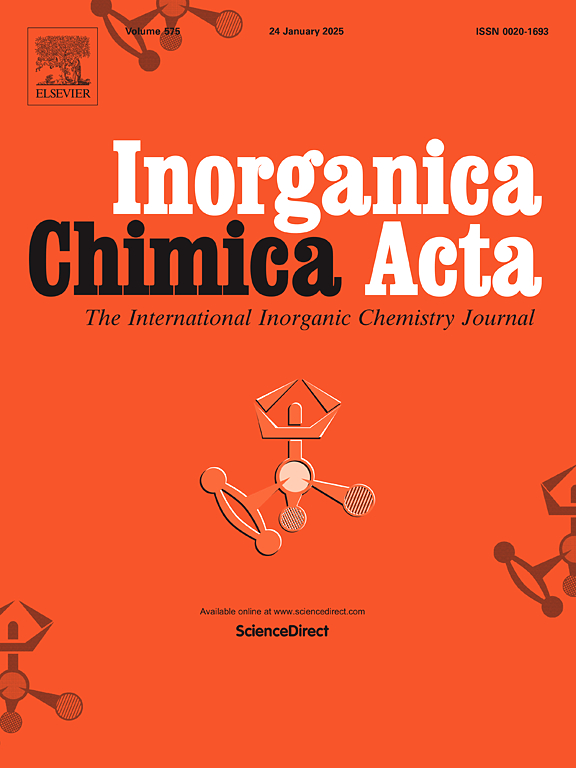A review on recent progress in triazole based chromogenic and fluorogenic chemosensor for the detection of Cu2+ metal ion
IF 2.7
3区 化学
Q2 CHEMISTRY, INORGANIC & NUCLEAR
引用次数: 0
Abstract
Triazole is a N-containing heterocyclic compound, has gained significant attention for its applications in chemosensing. The detection of metal ions is crucial in biological, environmental, and industrial fields, as metal ions such as Cu2+ play essential physiological roles but can be toxic at elevated concentrations. Triazole-based chemosensors exhibit excellent metal-binding properties, leading to changes in fluorescence, redox potential, and colorimetric responses, making them effective tools for selective and sensitive metal ion detection. Recent research has focused on the development of triazole-based fluorescent chemosensors for Cu2+ ions recognition, exploring structural modifications, sensing mechanisms, and practical applications. These chemosensors offer advantages such as high promising candidates for real-time detection in biological and environmental monitoring. This review highlights advancements in triazole-based fluorescent chemosensors for Cu2+ ion detection from 2013 to 2023, summarizing key developments and their potential applications. By providing a comprehensive analysis of recent progress, this work aims to guide future research, promoting the design of more efficient triazole-based chemosensors for heavy metal ion detection in diverse scientific and technological fields.

求助全文
约1分钟内获得全文
求助全文
来源期刊

Inorganica Chimica Acta
化学-无机化学与核化学
CiteScore
6.00
自引率
3.60%
发文量
440
审稿时长
35 days
期刊介绍:
Inorganica Chimica Acta is an established international forum for all aspects of advanced Inorganic Chemistry. Original papers of high scientific level and interest are published in the form of Articles and Reviews.
Topics covered include:
• chemistry of the main group elements and the d- and f-block metals, including the synthesis, characterization and reactivity of coordination, organometallic, biomimetic, supramolecular coordination compounds, including associated computational studies;
• synthesis, physico-chemical properties, applications of molecule-based nano-scaled clusters and nanomaterials designed using the principles of coordination chemistry, as well as coordination polymers (CPs), metal-organic frameworks (MOFs), metal-organic polyhedra (MPOs);
• reaction mechanisms and physico-chemical investigations computational studies of metalloenzymes and their models;
• applications of inorganic compounds, metallodrugs and molecule-based materials.
Papers composed primarily of structural reports will typically not be considered for publication.
 求助内容:
求助内容: 应助结果提醒方式:
应助结果提醒方式:


